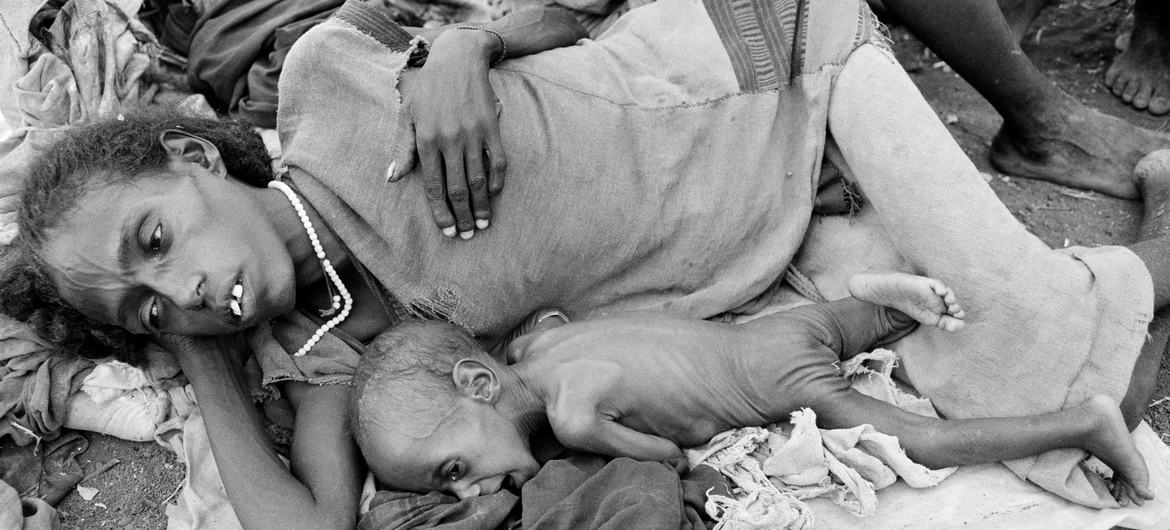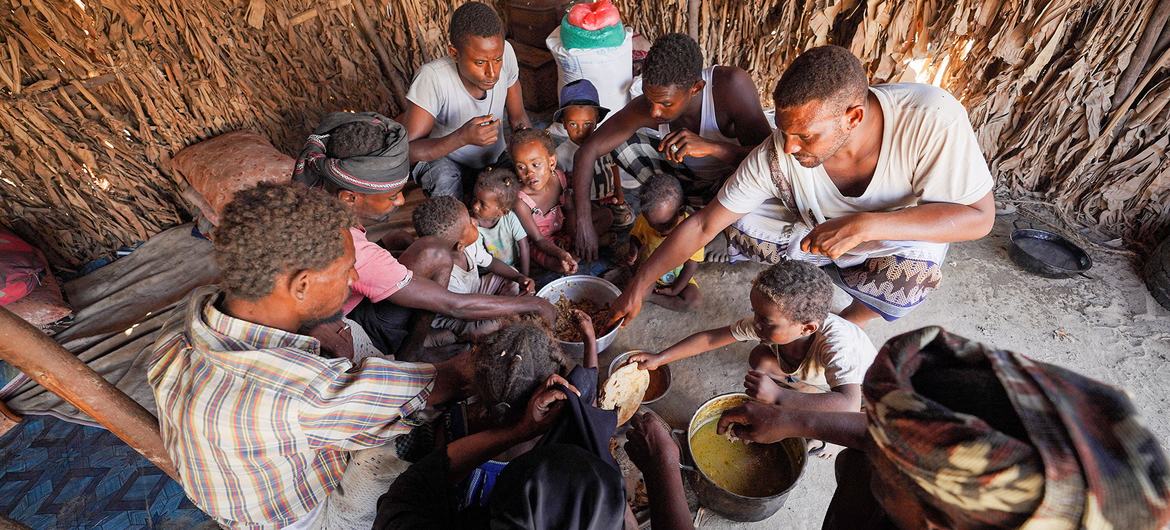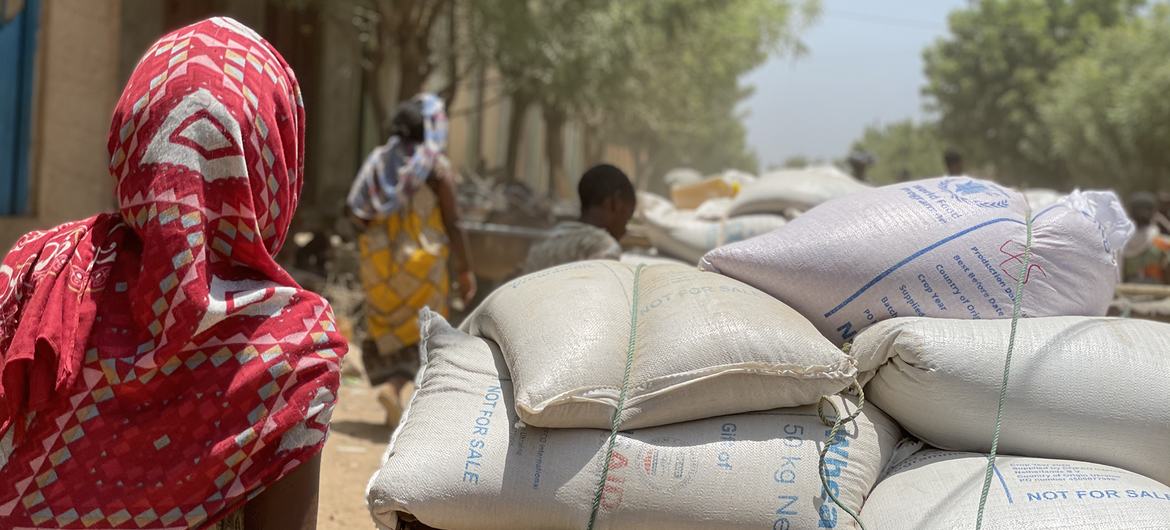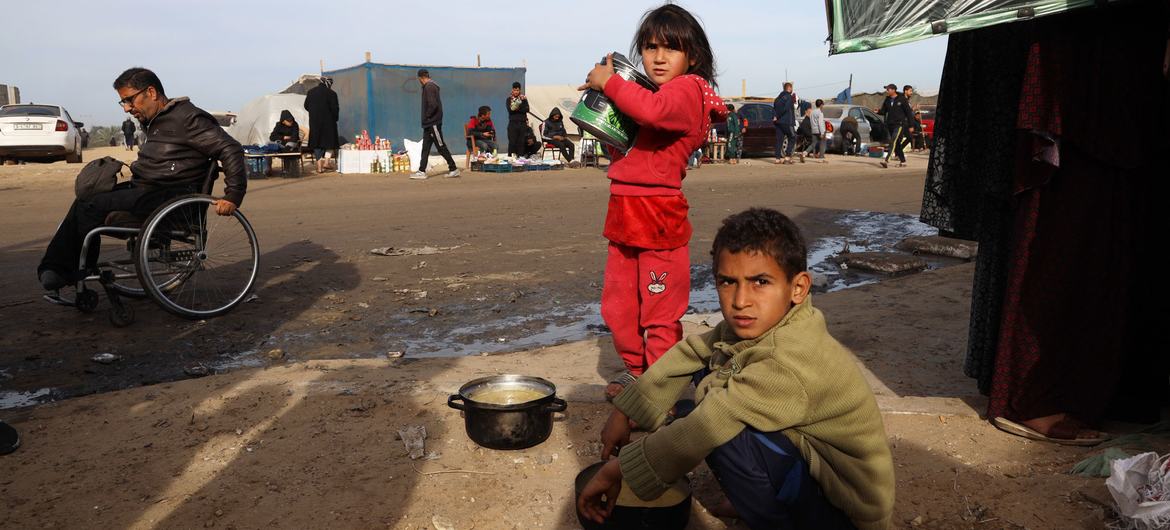Israel’s ground invasion has killed over 31,000 Gazans and, along with restrictions on aid entering the bombarded and besieged enclave, has triggered widespread hunger and growing numbers of deaths from starvation.
When is famine declared?
This initiative is called the Integrated Security Phase Classification, or IPC.IPC experts then gather to analyse the data, classifying populations into five categories: phase one is minimal or no stress in finding food reported; phase two sees people facing stress; phase three is a food crisis; phase four is an emergency; and phase five is considered to be a catastrophe or famine.
- At least 20 per cent of the population in that particular area are facing extreme levels of hunger;
- 30 per cent of the children in the same place are wasted, or too thin for their height; and
- The death – or mortality – rate has doubled, from the average, surpassing two deaths per 10,000 daily for adults and four deaths per 10,000 daily for children.
In the case of a suspected famine, there is an additional step, which calls upon the IPC Famine Review Committee.

It is also a model of collaboration in over 30 countries in Latin America, Africa and Asia.
How is hunger tracked?
Based on the share of the population in each of the five phases, geographical areas are given a severity phase as well, presented by different colours on the IPC map, from the least severe to the most severe phase (minimal, stress, crisis, emergency and famine). © UNICEF/Herold JosephSince February 2024, Gaza’s entire population – 2.2 million people – had been classified at the IPC phase three crisis level or worse, the “highest share of people facing high levels of acute food insecurity that the IPC initiative has ever classified for any given area or country”, the group said.“You can clearly see that in a way, famine is admission of collective failure,” he said. “We should act way before the famine, so people don’t starve, children are not wasted and people don’t die of hunger-related causes.”The committee meets and examines all the data and analyses provided by IPC partners to determine whether the findings are credible and to see whether the data justifies a famine classification or a plausible famine classification.

“We say there is a famine when three conditions come together in a specific geographic area, whether a town, village, city, even a country,” WFP’s Mr. Husain explained.
What is the IPC?
“For us, famine is the ‘F’ word,” Mr. Husain said, emphasizing that the end goal is prevention.The UN continues to provide lifesaving food assistance in the Tigray region of Ethiopia.Climate-related food insecurity is now closely monitored thanks to a detailed tracking system used by international humanitarian agencies wherever they work, and today, famines or risks of one developing are now largely driven by conflict, as seen in South Sudan, Yemen and now in the Occupied Palestinian Territory.“When we do that, we can save lives,” he said.UNDP SomaliaWith over 20 years of application, the IPC has proved to be one of the best practices in the global food security field.
How does the IPC work?
In the 21st century, climate-related famines have largely been averted thanks to an innovative tool to track acute hunger, developed during the crisis in Somalia in 2004 by the UN Food and Agriculture Organization (FAO) and now used by humanitarian agencies worldwide.A family shares a meal in Yemen with food provided by the UN World food Programme (WFP).“Data collection does not stop, even in war zones,” Mr. Husain said.Comprising globally recognized experts in their fields, from nutrition and health to food security, the committee convenes when more than 20 per cent of the affected people are in IPC phase five, meaning famine or catastrophe conditions.

[embedded content]
The initial clarion call came from UN agencies and partners soon after the Israel’s October invasion following which the IPC Famine Review Committee produced its first report on Gaza at the end of 2023.The IPC is an innovative multipartner initiative for improving food security and nutrition analysis and decision making.The new IPC Famine Review Committee released it latest report on 18 March on the worsening situation in Gaza, where UN teams on the ground have long warned of an imminent famine against a backdrop of the ongoing Israeli military offensive in Gaza sparked by Hamas’s 7 October attacks against Israel.The initiative spread has been used in more than 30 countries, and a global partnership of 19 organisations is leading the development and implementation of the IPC at global, regional and country levels.

A mother and her child rest at a relief centre in Bati, Ethiopia, in 1984. (file)
Humanitarian agencies use these invaluable IPC classifications to plan and to help people from the phase three crisis level onwards, with the specific goal of avoiding a famine.
New IPC report on Gaza: Famine is ‘imminent’
© UNICEF/Eyad El BabaWhile needs remain high, according to WFP estimates, 309 million people in 72 countries face a level of hunger that is at the crisis level or worse. The IPC itself does not collect data. The information comes from its humanitarian partners operating on the ground.“What we try to do is to get to the people, so we never have to deal with the famine like situation, or IPC phase five,” Mr. Husain said. “We work very, very hard at the crisis level and definitely at the emergency level to save people’s lives so that they don’t get to IPC phase five, which is classified as a famine.”
- “The conditions necessary to prevent famine have not been met and the latest evidence confirms that famine is imminent in the northern governorates and projected to occur anytime between mid-March and May 2024”
- 88 per cent of Gazans now face food insecurity levels classified as IPC level four or above, which corresponds to an emergency level or worse
- Among this population, about 50 per cent (1.1 million people) are in a catastrophe situation, or IPC phase five
- The level of acute malnutrition is expected to surpass the famine threshold (30 per cent) in northern Gaza, with the steep increase of wasting prevalence, from 0.8 to 15 per cent, over several months
- The upward trend in non-trauma mortality is also expected to accelerate, resulting in crossing the famine threshold imminently by May 2024.
- The increased nutritional vulnerability of children, pregnant and breastfeeding women and the elderly is a particular source of concern
- Projections for March through July indicate that 100 per cent of Gaza’s population, or 2.23 million people, will faces crisis levels of food insecurity